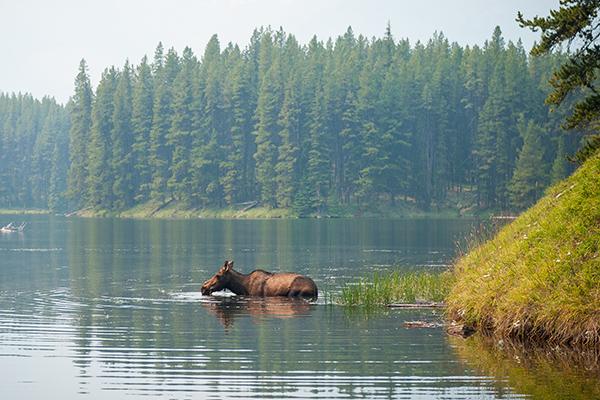Tucked in the high desert near Boise, Idaho, Lucky Peak Nursery is one of six nurseries run by the USDA Forest Service. And while you may not immediately think of science and technology when you think of a tree nursery, these things are top of mind around here.
This nursery is responsible for helping National Forests in Southern Idaho, Utah, Nevada, Western Wyoming, Arizona, and New Mexico recover more quickly after natural disasters. They need to have seedlings ready when tree planting is underway, and that means implementing tools and strategies to provide the maximum number of seedlings as fast as possible. That’s how they currently produce 3 million (or more) seedlings per year.
It's a careful balance of letting nature take the lead and supporting it with a scientific approach and detailed data management. Here are some examples of that technical support.
SORTING OUT THE BEST SEED
Once harvested, seeds come to Lucky Peak Nursery to be cleaned and sorted. The outer coating and other litter are removed, and then the seeds are sent through a custom-built sorter attached to a shop vacuum. The forced air separates the seeds by weight. The lighter seeds are discarded. They are empty, most likely due to insects, meaning nothing will sprout from those seeds.
The heavier seed is kept for planting. A small selection of this seed is then sent through a digital x-ray machine to ensure the seeds were sorted well. “We sample 100 seeds. There we will evaluate each seed and determine if it is fully developed. This will give us an estimate of how well the seed will germinate,” said Sara Wilson, Nursery & Reforestation Specialist with the USDA Forest Service.
For one final quality check, the seed is taken to a certified seed lab for germination testing. Luckily, one of these labs is just up the road in Boise. “I’ll just buzz down into town and drop off a sample, and they are able to do germination testing for us,” said Wilson. Knowing that the seeds are going to grow well is incredibly valuable in a nursery asked to supply millions of trees per year.






